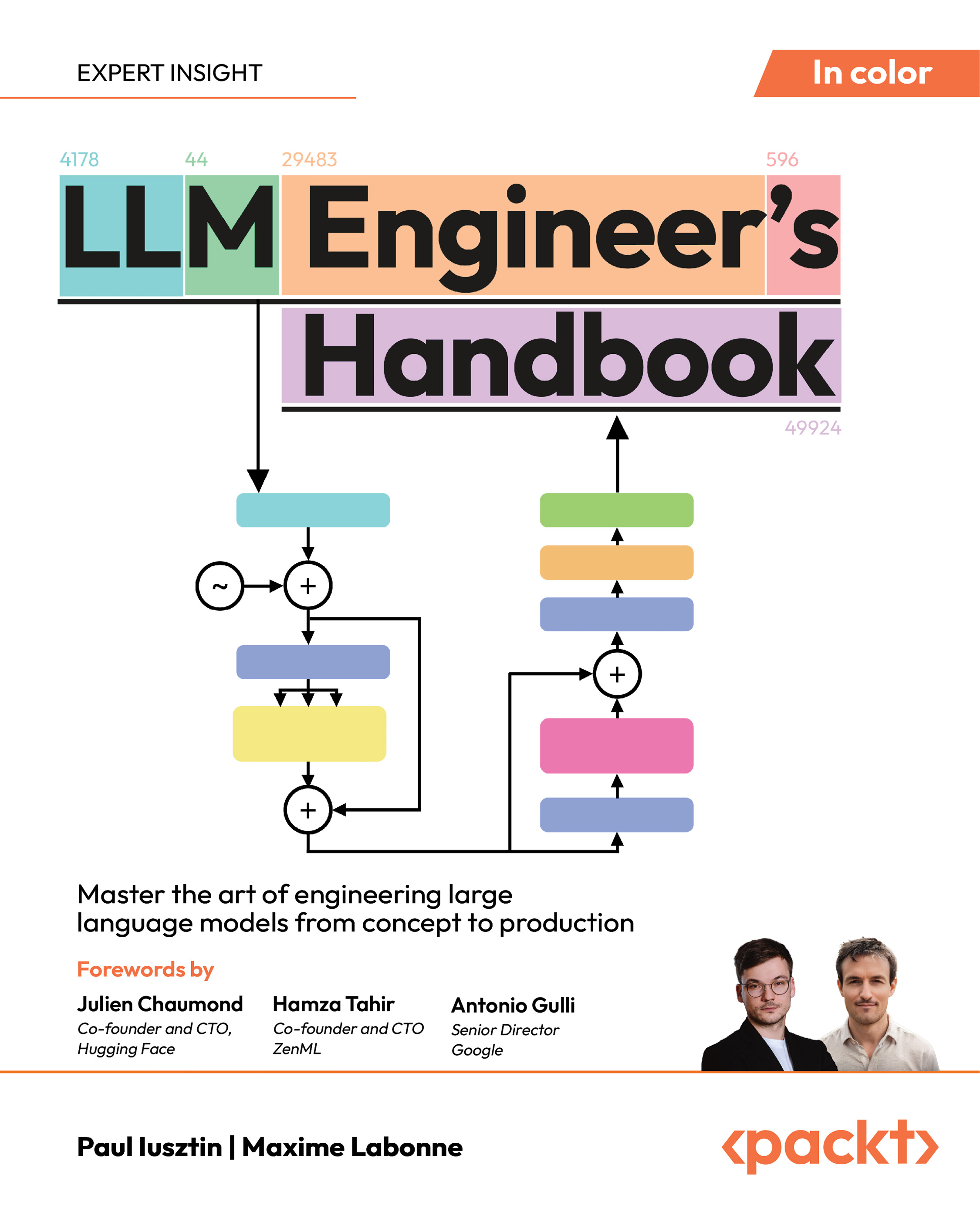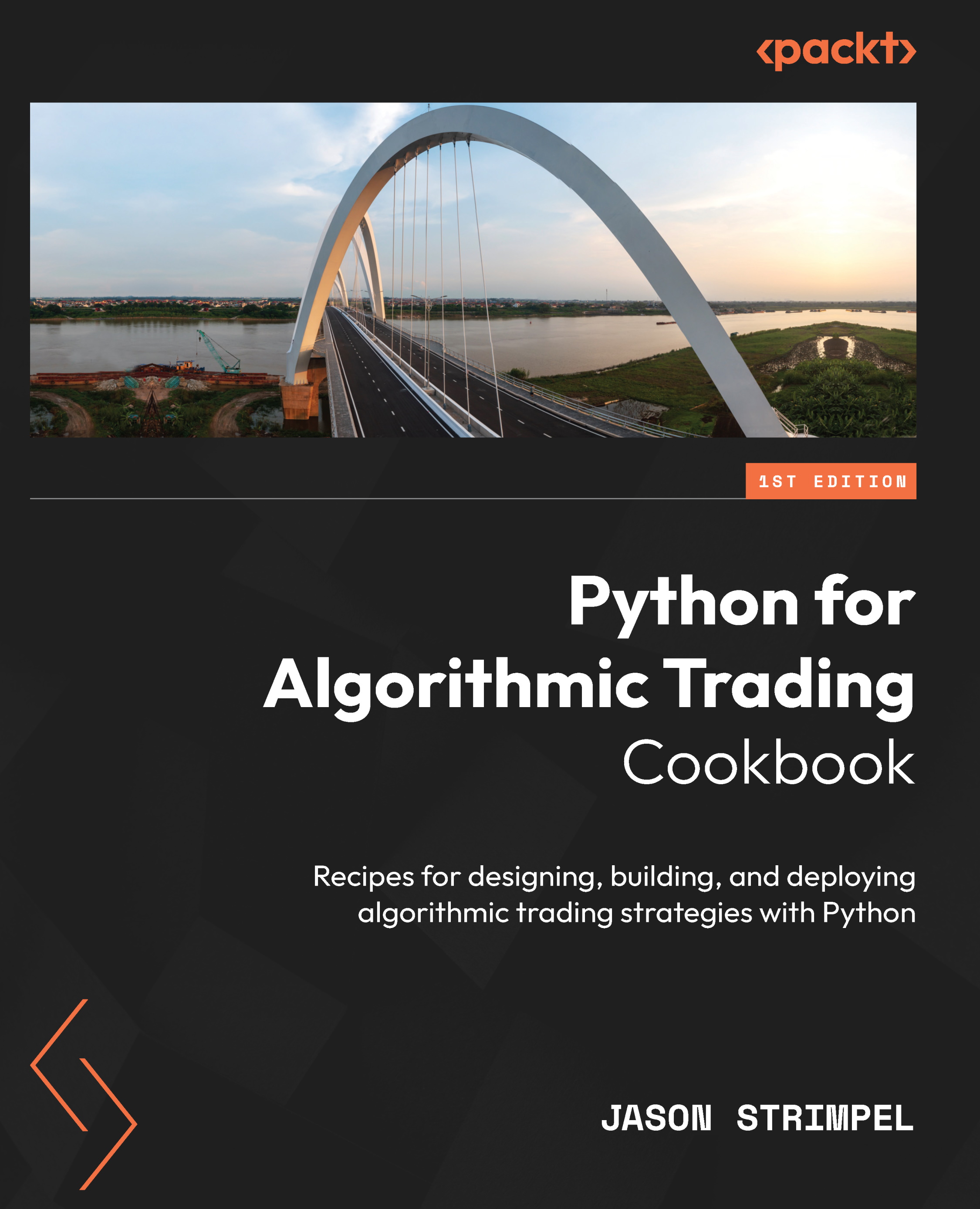Researchers from Rochester Institute of Technology published a paper which describes a method to maintain speed and accuracy when dealing with high-dimensional data sets.
What is the paper about?
This paper titled Sparse Covariance Modeling in High Dimensions with Gaussian Processes studies the statistical relationships among components of high-dimensional observations. The researchers propose to model the changing covariances of observation elements as sparse multivariate stochastic processes.
Particularly their novel covariance modeling method used reduces dimensionality. It does so by relating the observation vectors to a subspace with lower dimensions. The changing correlations are characterized by jointly modeling the latent factors and factor loadings as collections of basis functions. They vary with the covariates as Gaussian processes.
The basis sparsity is encoded by automatic relevance determination (ARD) through the coefficients to account for inherent redundancy. The experiments conducted across various domains using this method show superior performances to the best current methods.
What modeling methods are used?
In many AI applications, there are complex relationships among different components of high-dimensional data sets. These relationships can change across non-random covariates, say, an experimental condition. Two examples listed in the paper which were also used in the experiments to test the method are as follows:
- In a computational gene regulatory network (GRN) interface, the topological structures of GRNs are context dependent. The interactions of gene activities will be different in different conditions like temperature, pH etc,.
Unlock access to the largest independent learning library in Tech for FREE!
Get unlimited access to 7500+ expert-authored eBooks and video courses covering every tech area you can think of.
Renews at €18.99/month. Cancel anytime
- In a data set displaying crime occurrences, correlations are seen in spatially disjoint spaces but the spatial correlations occur over a period of time.
In such cases, the modeling methods used typically combine heterogeneous data taken from different experimental conditions or sometimes in a single data set. The researchers have proposed a novel covariance modeling method that allows cov(y|x) = Σ(x) to change flexibly with X.
One of the authors, Rui Li, stated: “This research is motivated by the increasing prevalence of high-dimensional data sets and the computational capacity to analyze and model their volatility and co-volatility varying over some covariates. The study proposed a methodology to scale to high dimensional observations by reducing the dimensions while preserving the latent information; it allows sharing information in the latent basis across covariates.”
The results were better as compared to other methods in different experiments. It is robust in the choice of hyperparameters and produces a lower root mean square error (RMSE).
This paper was presented at NeurIPS 2018, you can read it here.
How NeurIPS 2018 is taking on its diversity and inclusion challenges
Deepmind’s AlphaZero shows unprecedented growth in AI, masters 3 different games
Facebook’s artificial intelligence research team, FAIR, turns five. But what are its biggest accomplishments?
 United States
United States
 Great Britain
Great Britain
 India
India
 Germany
Germany
 France
France
 Canada
Canada
 Russia
Russia
 Spain
Spain
 Brazil
Brazil
 Australia
Australia
 Singapore
Singapore
 Canary Islands
Canary Islands
 Hungary
Hungary
 Ukraine
Ukraine
 Luxembourg
Luxembourg
 Estonia
Estonia
 Lithuania
Lithuania
 South Korea
South Korea
 Turkey
Turkey
 Switzerland
Switzerland
 Colombia
Colombia
 Taiwan
Taiwan
 Chile
Chile
 Norway
Norway
 Ecuador
Ecuador
 Indonesia
Indonesia
 New Zealand
New Zealand
 Cyprus
Cyprus
 Denmark
Denmark
 Finland
Finland
 Poland
Poland
 Malta
Malta
 Czechia
Czechia
 Austria
Austria
 Sweden
Sweden
 Italy
Italy
 Egypt
Egypt
 Belgium
Belgium
 Portugal
Portugal
 Slovenia
Slovenia
 Ireland
Ireland
 Romania
Romania
 Greece
Greece
 Argentina
Argentina
 Netherlands
Netherlands
 Bulgaria
Bulgaria
 Latvia
Latvia
 South Africa
South Africa
 Malaysia
Malaysia
 Japan
Japan
 Slovakia
Slovakia
 Philippines
Philippines
 Mexico
Mexico
 Thailand
Thailand














